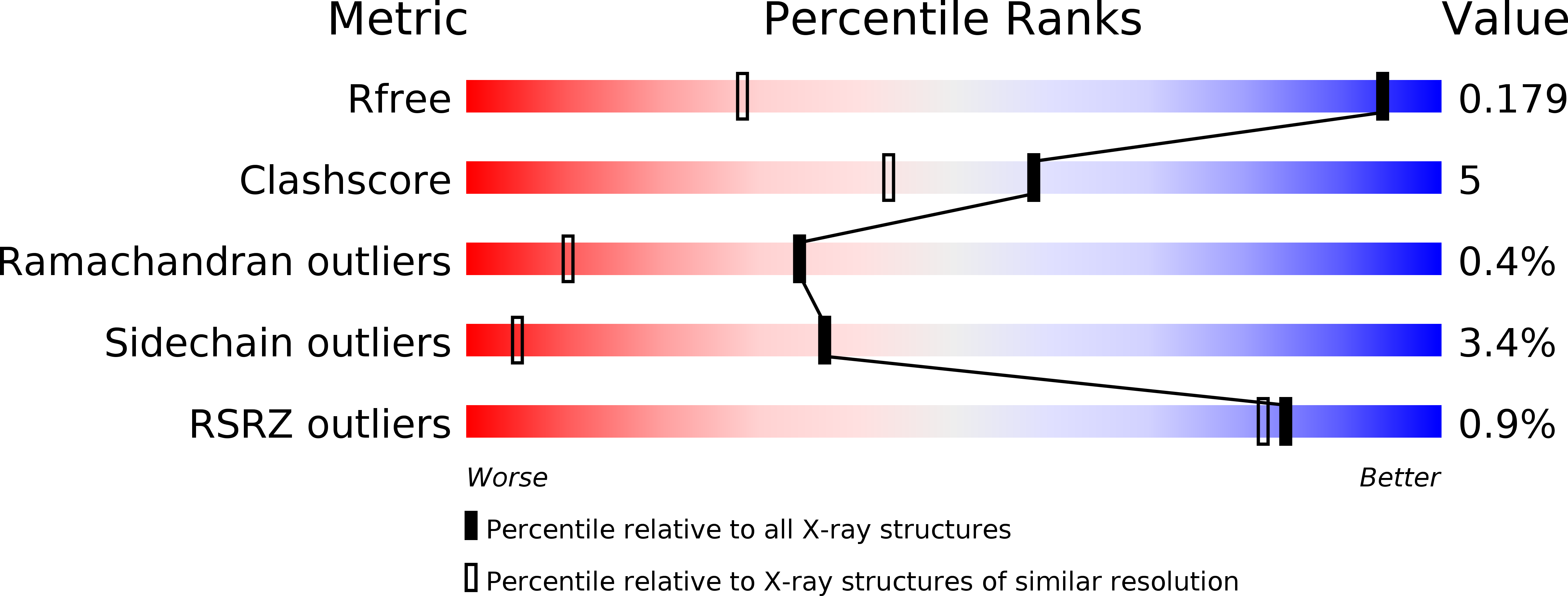
Deposition Date
2007-07-24
Release Date
2008-08-12
Last Version Date
2024-10-30
Method Details:
Experimental Method:
Resolution:
1.10 Å
R-Value Free:
0.18
R-Value Work:
0.13
Space Group:
P 1 21 1


